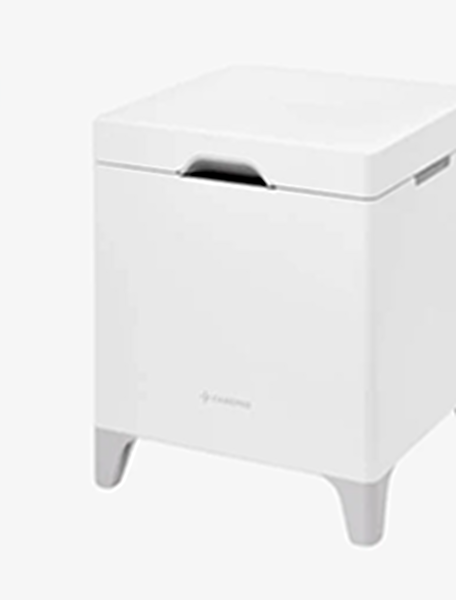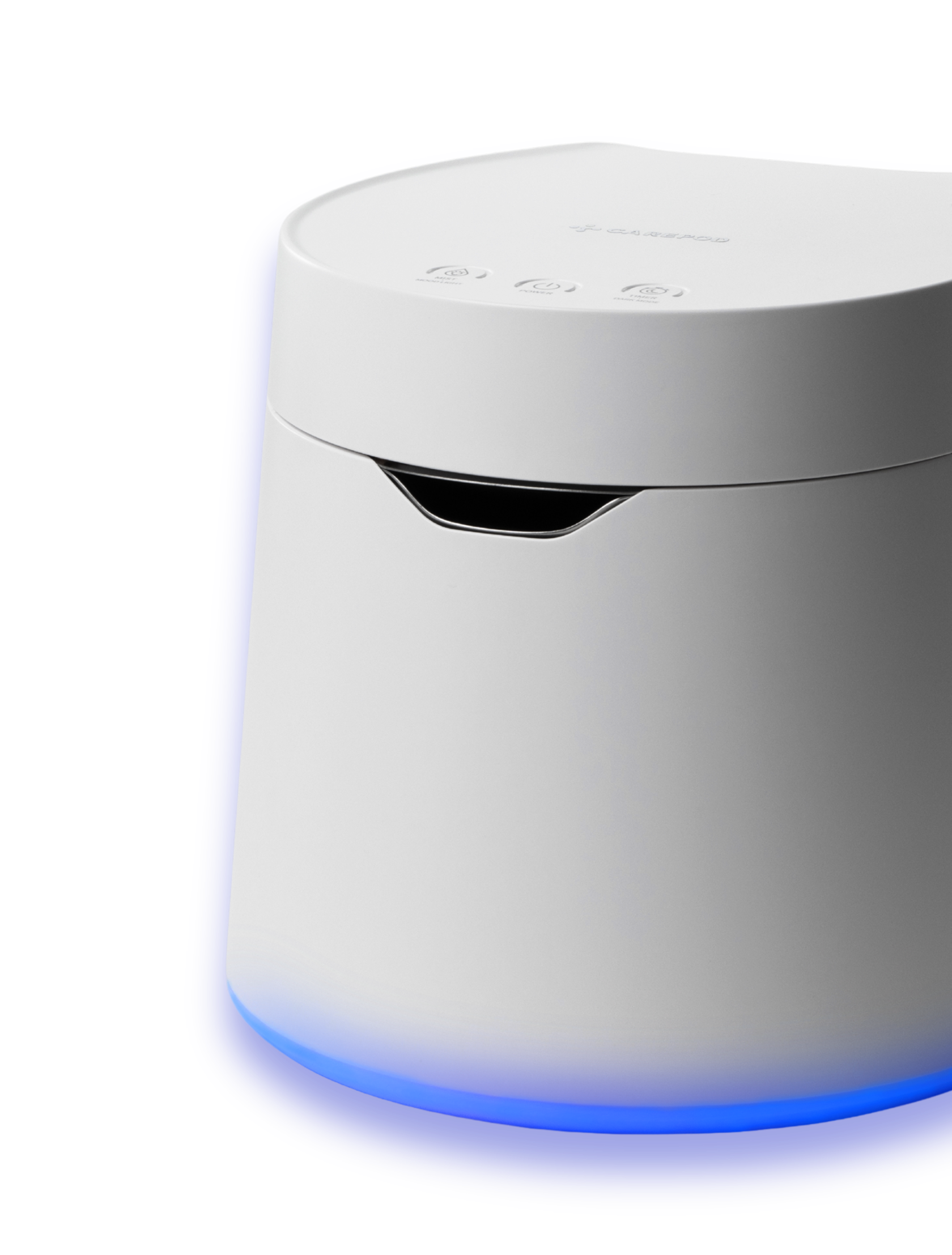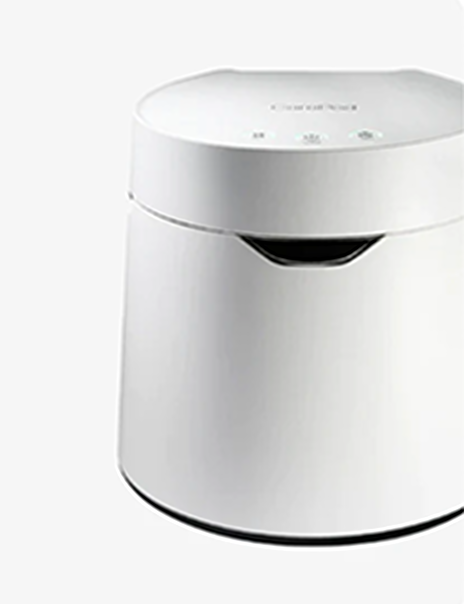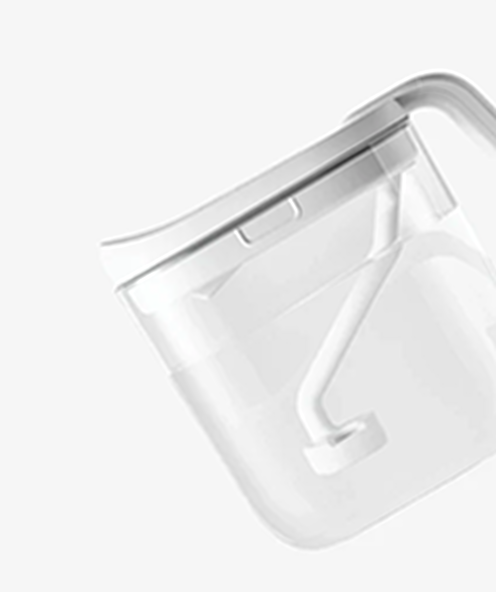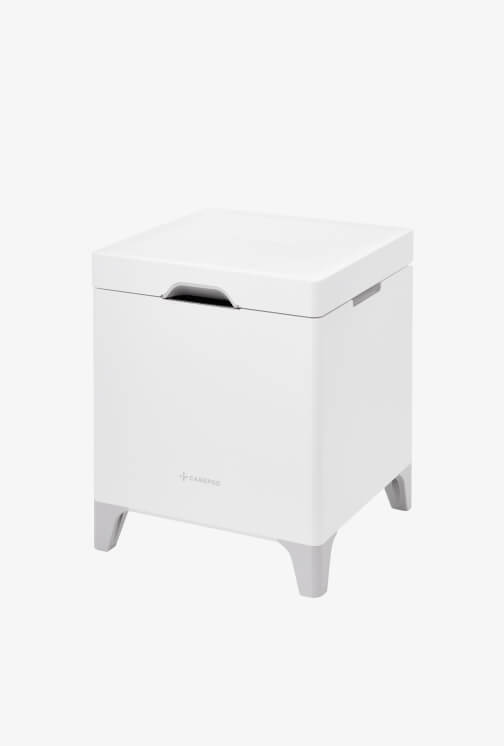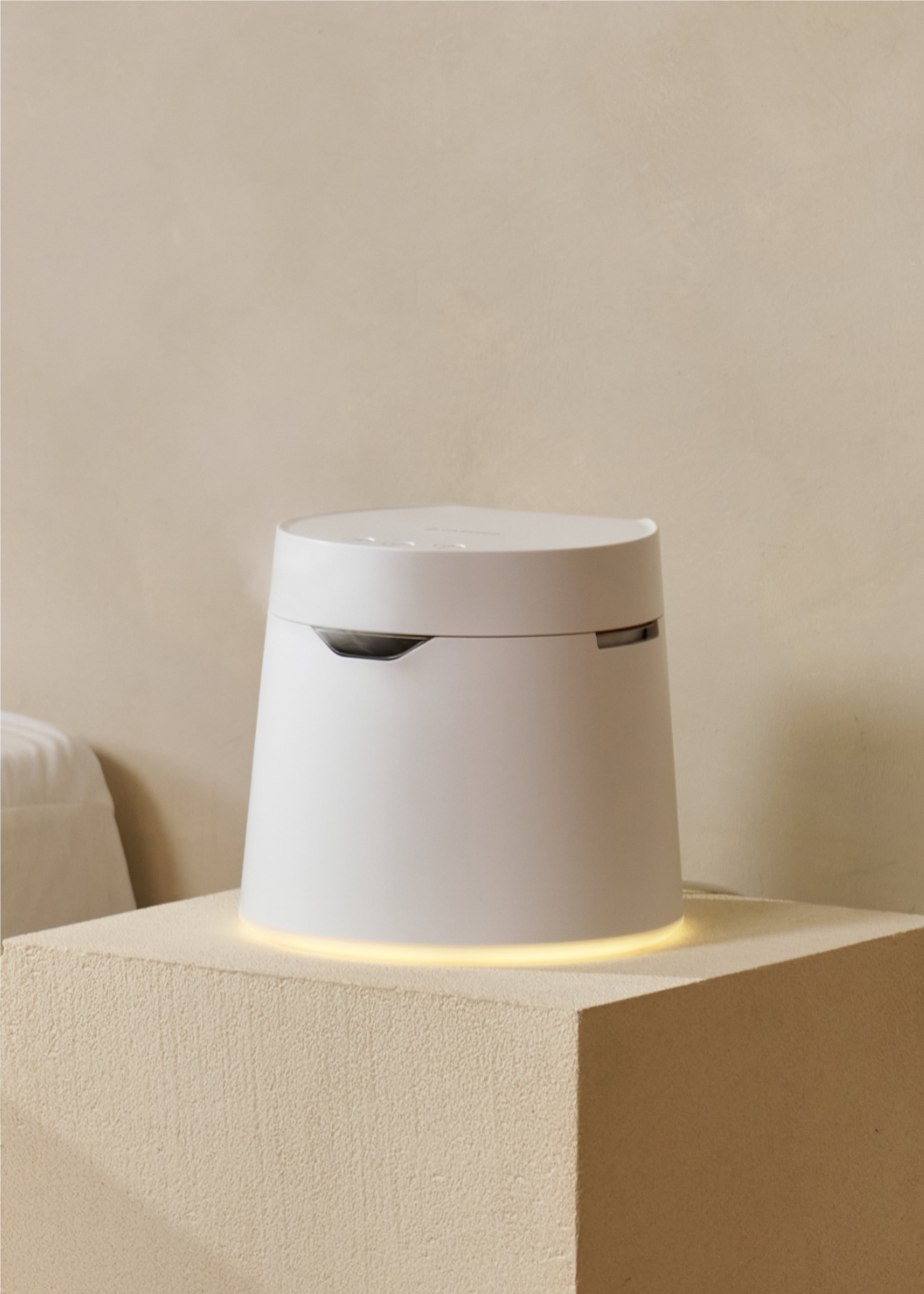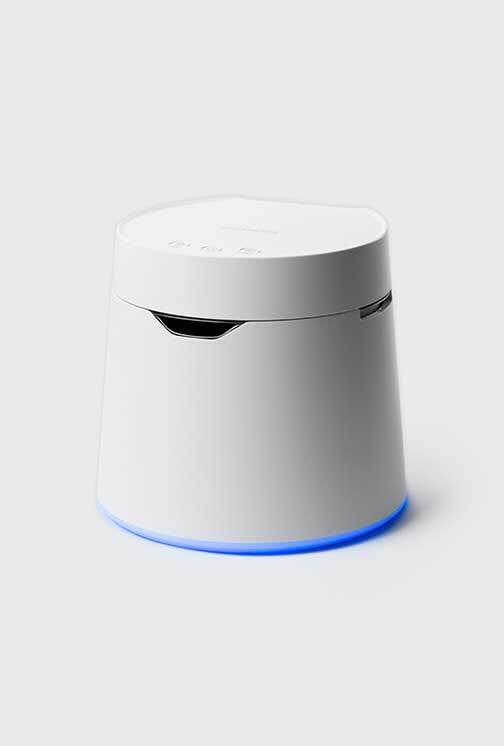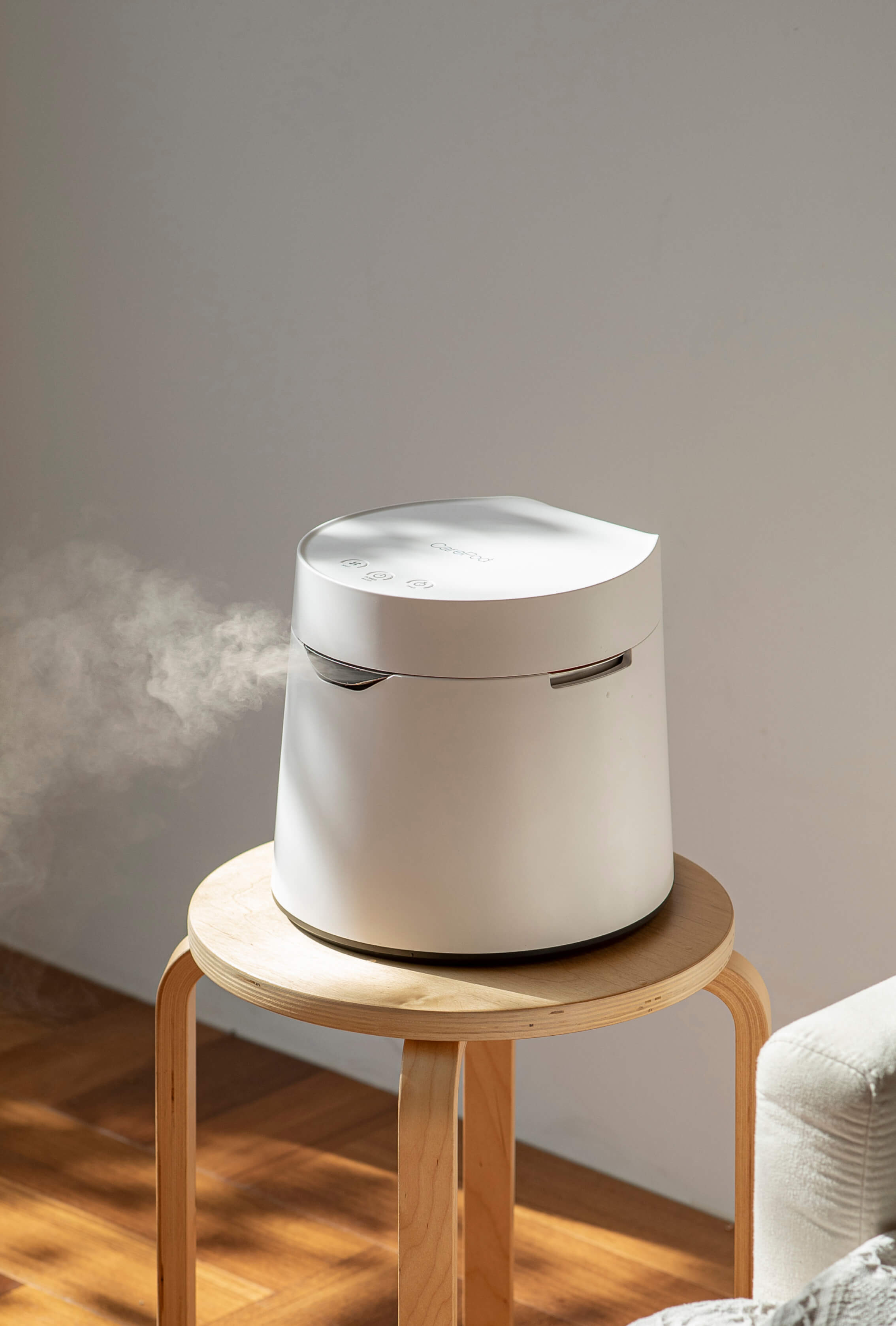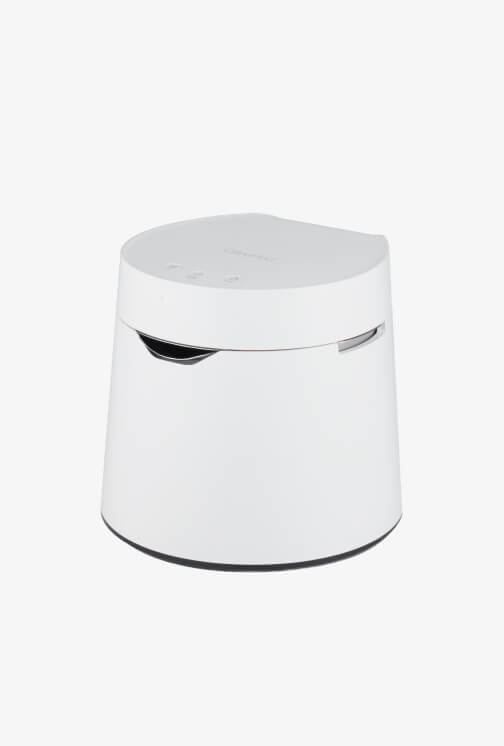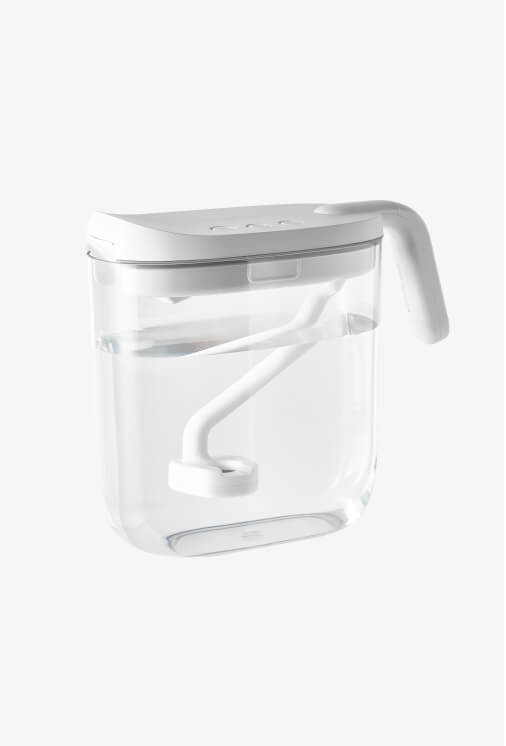6 Non-Toxic Ways to Refresh Your Home

Whether you're deep into spring cleaning or just looking to refresh your space, there’s one thing most of us can agree on: less exposure to harsh chemicals is better for everyone.
Fortunately, creating a cleaner, more breathable home doesn’t have to be complicated. In this article, we’ll break down 6 simple, non-toxic ways to reset your home naturally.
1. Switch to steam for deep cleaning
If you're trying to cut down on harsh cleaning sprays, a steam cleaner might be your new best friend.
Steam cleaning works by heating water until it turns into vapor, which is then released through a nozzle to clean surfaces. The high heat breaks down germs and bacteria on contact, making it a natural and chemical-free way to sanitize everything from tile floors to mattresses.
To use a steam cleaner, just fill the tank with water, let it heat up, and slowly move the attachment across small sections. Afterwards, use a clean cloth or towel to wipe away the loosened dirt.
2. Tackle hidden odors with baking soda & vinegar
Baking soda and vinegar are a simple, non-toxic duo that can freshen, clean, and deodorize just about every area of your home. Baking soda absorbs smells and acts as a gentle scrub, while vinegar breaks down grease and buildup.
In the laundry room, they soften fabrics, remove odors, and even help clean your washing machine. To create your own laundry detergent alternative, just add 1 cup of baking soda and ½ cup of white vinegar to your wash cycle.
Beyond laundry, they’re also great for unclogging drains, cleaning kitchen and bathroom surfaces, and tackling stains. For most purposes, mix 1 part baking soda with 2 parts white vinegar for a cleaner that rivals store-bought sprays.

3. Opt for simmer pots for cozy home scents
A simmer pot is a natural way to make your home smell amazing without relying on artificial air fresheners or synthetic candles.
Unlike store-bought candles or sprays, simmer pots don’t contain hidden chemicals or artificial fragrances, which can contribute to indoor air pollution or trigger sensitivities.
Simply fill a pot with water, add ingredients like citrus slices, cinnamon sticks, cloves, or fresh herbs, and let it gently simmer on the stove. As it heats, the natural oils are released into the air, filling your space with a subtle, comforting aroma.
4. Swap out kitchenware for healthier, more sustainable options
Common kitchen tools like plastic cutting boards, non-stick pans, and plastic containers can release unwanted chemicals into your food especially when heated. One study found that approximately 100–300 polypropylene microplastics were released per cut on a plastic cutting board.
To reduce exposure, swap in safer alternatives:
-
Choose wooden cutting boards, which are more durable and naturally antimicrobial.
-
Trade non-stick cookware for stainless steel, cast iron, or glass — options that don’t break down at high heat
-
For food storage, go with glass containers instead of plastic, particularly when reheating.
Simple trades like these create a safer, longer-lasting kitchen.

5. Detox your entryway
Your shoes track in more than just dirt — think pollen, pesticides, and pollution particles. Create a no-shoes zone near your front door, add a washable mat, and keep slippers or cozy socks nearby.
It’s a small shift that can majorly cut down on indoor toxins.
6. Use a humidifier to support clean, hydrated air
Dry indoor air — especially during colder months or in air-conditioned spaces — can lead to dry skin, irritated sinuses, and even disrupted sleep.
A humidifier helps restore moisture in the air, creating a more comfortable, breathable environment that supports your overall well-being.
But not every humidifier is created equally. Many traditional humidifiers use filters or sponges that trap moisture, becoming a breeding ground for bacteria if not cleaned regularly.
To keep things truly clean, opt for a filter-free humidifier like Carepod that’s designed to resist mold buildup.

Conclusion
Refreshing your home doesn’t have to mean a complete overhaul or the use of harsh chemicals. With just a few mindful swaps like switching to natural scent boosters or using a humidifier, you can create a space that feels cleaner, safer, and more in tune with your well-being.
Whether you’re caring for your plants, your little ones, or your health, these small changes add up to a home that supports you naturally.
